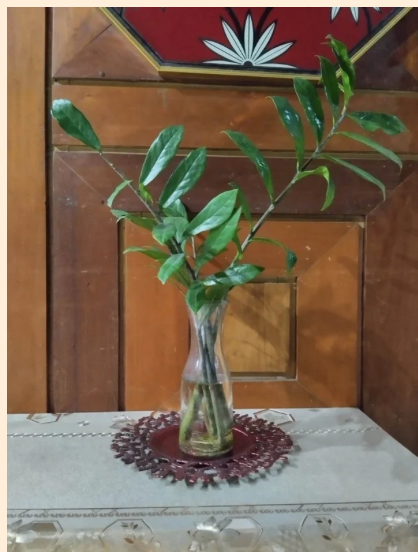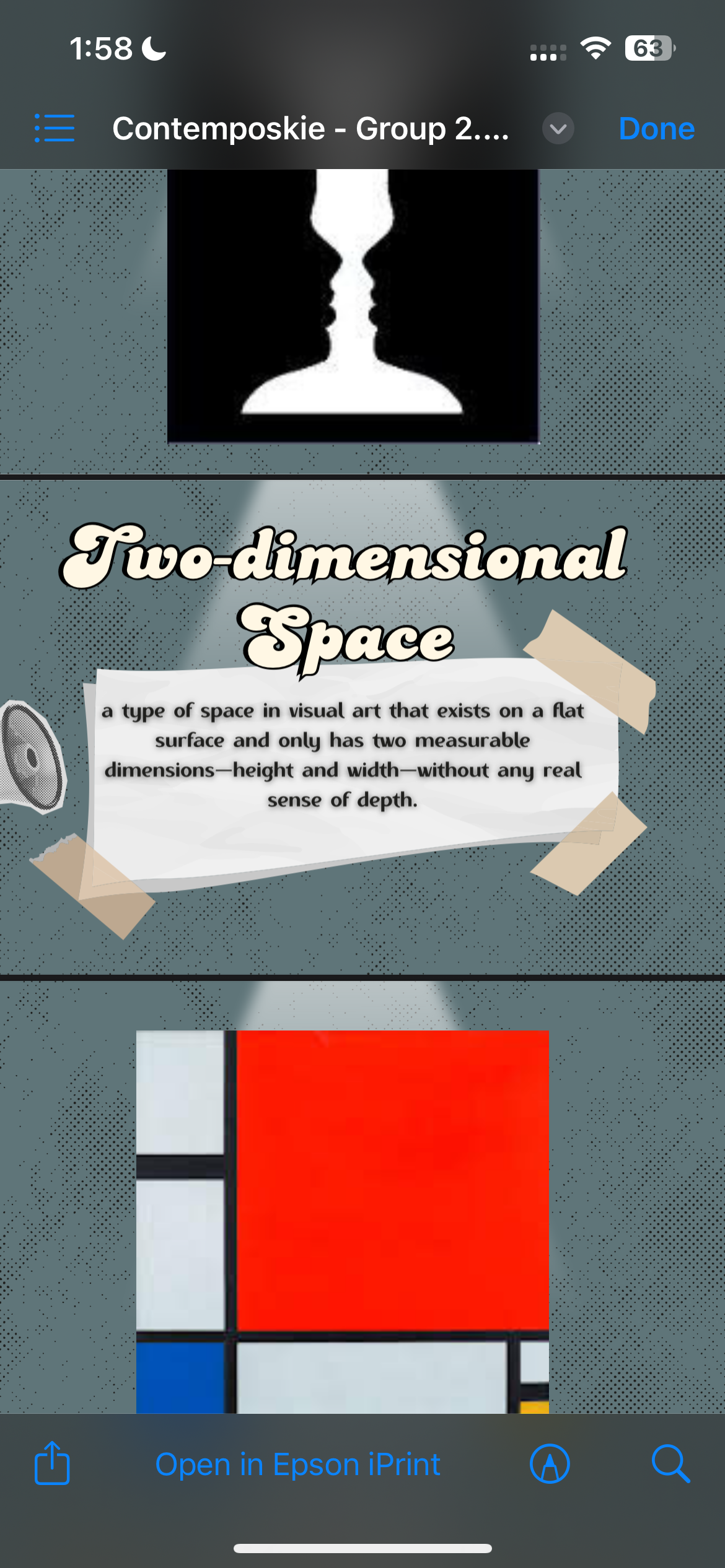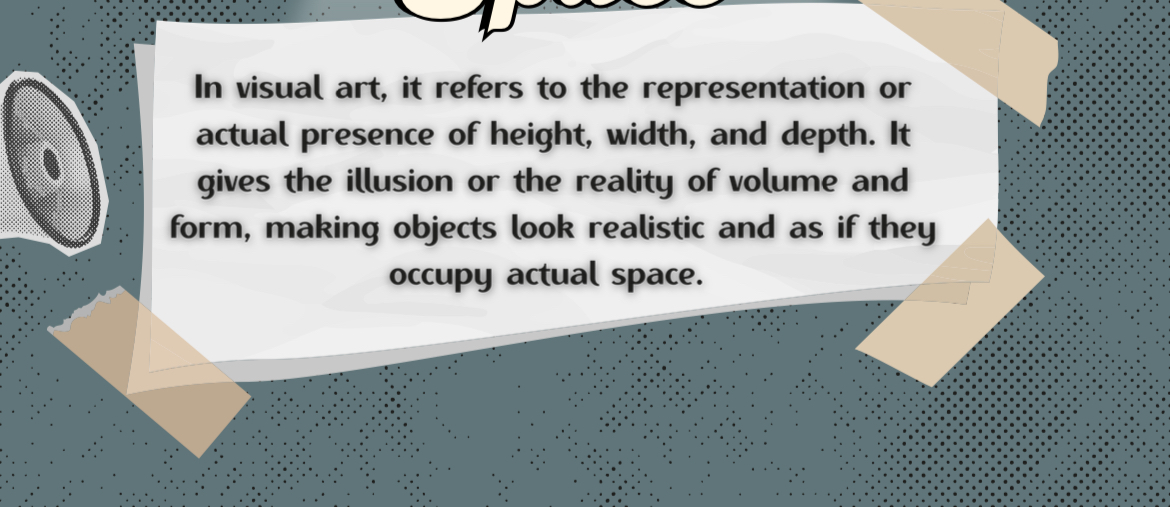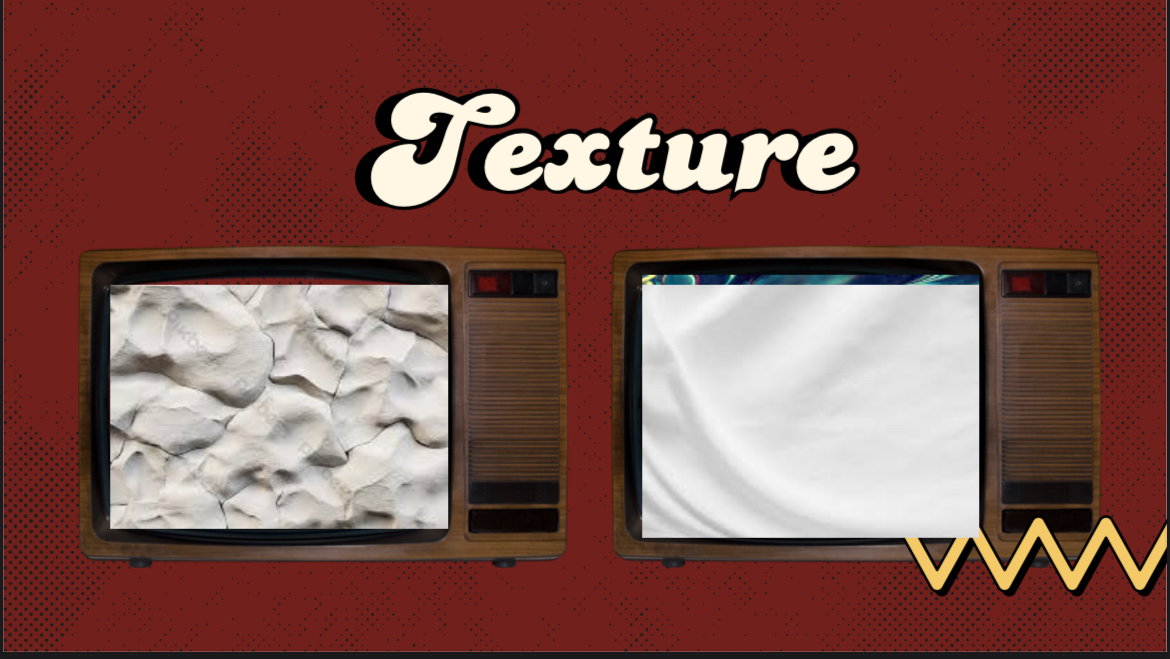final
1/65
Earn XP
Description and Tags
Name | Mastery | Learn | Test | Matching | Spaced |
|---|
No study sessions yet.
66 Terms
Principles of Design
An essential principle that guide or instruct an artist in crafting a piece, making sure it is executed well and pleasing to the eyes.
Harmony
In design, it means that all of the elements, color, and design fits together.
Rhythm
A visual repetition of patterns and elements such as: line, shapes, and color that guides a viewer’s eyes through a composition.
Balance
Visual aesthetics on how the objects are arranged on a piece. The rule of thirds makes a good balance.
Formal
a type of balance that refers to symmetry

Informal
The piece is not mirrored on each side

Radiance
Objects in a piece moves away from a specific point; usually radiating from the center.

Emphasis
It is when an artist highlights something in the art piece that stands out than the rest. It easily catches the viewer’s eye.
Proportion
It is about the relationship of sizes in an art piece. It helps emphasize and create a sense of harmony, realism, or intentional distortion.
Variety
It is about diversified elements of design (e.g color, shapes, sizes, form) working together to make an art piece interesting.
Unity
It refers to how the cohesiveness of an artwork or how well they work together. It is moderately different from harmony because you can have harmony without an art piece that’s relevant to each other.
Scale and Proportion
Scale sets what “normal size” is and the proportion follows.
Movement
The path in which the viewer’s eye follows through a composition, creating energy and direction.
Emphasis and Subordination
Emphasis is a focal point in which all the elements are dazzling cuz it’s the main star of the show. While subordination is a supporting character that’s not visually appealing but only provides a background for the mc.
Line
A __ is a moving point that makes a path in space and has length but not width.
Shape
A __ is a flat area made by lines, colors, or spaces used to create pictures, designs, and forms.
Form
In art, __ refers to a three-dimensional object or the illusion of it in a two-dimensional work, including height, width, and depth.
Vertical
__ lines go up and down and are often used to show strength, stability, and power.
Horizontal
A type of line that runs parallel towards the horizon from left to right and right to left. It creates a sense of tranquility
Diagonal
A line that travels at an angle, creating a sense of movement and energy, is called a __ line.
Zigzag
A __ line is formed by sharp, alternating angles creating a back-and-forth pattern.
Curved
Lines that bend in a smooth, continuous way with no straight edges are called __ lines.
Geometric
Shapes with clear, exact edges like circles, squares, and triangles are known as __ shapes.
Free-form (organic)
Flowing, irregular, often asymmetrical shapes that resemble things in nature are called __ shapes.
Regular
__ forms are neat, geometric, and balanced shapes that create order and stability in art.
Irregular
Shapes and structures that are categorized by asymmetry, curves, and unpredictable outlined.
Color
A visual element used to express emotions, convey meaning, and enhance design by influencing mood, identity, and perception.
Temperature of Color
The warmth or coolness with which colors are perceived, impacting a viewer’s mood and the visual effect of a design.
Warm Colors
Red, orange, and yellow hues that create feelings of warmth, energy, and excitement.
Cool Colors
Blue, green, and violet hues that evoke calmness, relaxation, and tranquility.
Dimension of Color
The three key characteristics—hue, intensity, and value—that describe how colors look and relate to one another.
Hue
The name of a color family (e.g., red, blue, yellow) distinguishing one basic color from another.
Intensity (Saturation)
The brightness or dullness of a color; high intensity appears vivid, while low intensity looks muted or grayish.
Value
The lightness or darkness of a color; tints are lighter values (with white) and shades are darker values (with black).
Color Wheel
A circular chart showing the relationships among colors, used to study harmonies and build appealing palettes.
Primary Colors
Red, yellow, and blue—the foundational hues that mix to form all other colors.
Secondary Colors
Orange, green, and purple—created by mixing two primary colors.
Tertiary Colors
Intermediate hues made by mixing a primary color with a neighboring secondary color (e.g., blue-green, yellow-orange).
Color Meanings
The symbolic associations and emotions that different colors evoke in people.
Green (Meaning)
Symbolizes nature, growth, freshness, harmony, fertility, and sometimes money, ambition, or envy.
Red (Meaning)
Represents passion, love, energy, danger, and anger; a highly stimulating hue.
Yellow (Meaning)
Conveys happiness, optimism, intellect, and sunshine, but can also suggest caution or cowardice.
Blue (Meaning)
Denotes stability, tranquility, wisdom, loyalty, and peace, while sometimes evoking sadness or coldness.
Violet (Meaning)
Traditionally linked to royalty, spirituality, mystery, and creativity.
Black (Meaning)
Signifies power, elegance, formality, death, evil, or mystery.
White (Meaning)
Represents purity, innocence, cleanliness, simplicity, and peace.
Color Schemes
Combinations of colors chosen to create harmony, contrast, and balance in artwork or design.
Monochromatic Color Scheme
Uses tints and shades of a single hue for a cohesive, peaceful look.
Complementary Color Scheme
Pairs two hues opposite each other on the color wheel (e.g., red & green) for strong contrast.
Analogous Color Scheme
Uses neighboring hues on the color wheel (e.g., blue, blue-green, green) for a smooth, unified effect.
Triadic Color Scheme
Employs three colors evenly spaced around the color wheel (e.g., red, yellow, blue) for balanced energy.
Split-Complementary Color Scheme
Combines a base color with the two hues adjacent to its complement (e.g., blue with red-orange and yellow-orange) for varied contrast.
Space
Pertains to “emptiness”
Positive Space
The main subject or areas within a work of art.
Negative Space
The empty area surrounding the main subject(s) of an artwork.
2D Space

3D Space

Texture
Tactile or illusory surface of a piece.

Rough (right) — Smooth (Left)
Rough
A surface that is uneven and coarse
Smooth
A surface that is free from roughness and irregularities
Matte
A non-reflective surface subdued by a flat look
Shiny
A characteristic of a surface that has reflexive properties in terms of light, producing bright highlights and spots
Value
How light and dark a color is
Tinting
Adding white to a pure color for lighter shades.
Shading
Adding black to a pure color to get darker shades.